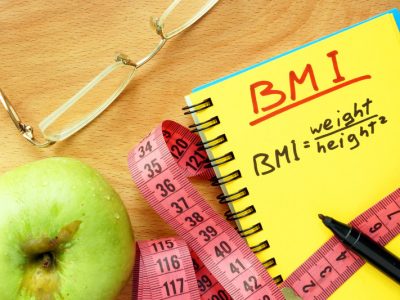
According to the Centers for Disease Control and Prevention (CDC), just over 20 percent of the population each year suffers from chronic pain (1). They also report that chronic pain contributes to high health care costs and a loss of productivity. Researchers set out to investigate whether or not using self-management techniques to help address chronic pain would reduce how often the person went to see their primary care doctor for the condition.
May 2019 issue of the British Journal of Pain
researchers set out to evaluate if having people engage in a pain management program would reduce their general practitioner appointments (2). The study included 50 patients with chronic pain-related doctor’s appointments. They reviewed their chronic pain-related appointment record, and then had them engage in self-managed techniques to help address their pain.
Each of the patients engaged in the pain management program, in which they learned self-management techniques. After that they were able to use those techniques at home to help with their chronic pain. After one year of the program, they reviewed the medical records again to see if there were any differences in how often the person made an appointment with their primary care doctor.
What the researchers found?
There was 44% decrease in chronic-pain related general practitioner visits in the year following the patients’ involvement in the program. So this is a significant reduction in the pain-related primary care office visits, pointing to the effectiveness of engaging in self-management techniques to help address the chronic pain.
Those with chronic pain may want to engage in a pain management program that teaches them a variety of self-management techniques they can do at home. Which can help them save a lot of time and money, as it may reduce the need for visiting the doctor so often.
Numerous self-management techniques
- Yoga
- Tai Chi
- Meditation
- Mental imagery
- Breathing exercises
- Enhancing coping skills
These are some of the techniques that can be used to help with chronic pain.
Chronic pain management techniques can be easy to learn and have a good track record of helping people to not only cope better, but to experience a reduction in pain. There are enough techniques and tools available that there is something for everyone.
Sources:
- Centers for Disease Control and Prevention. Prevalence of Chronic Pain and High-Impact Chronic Pain in Adults. 2006.
https://www.cdc.gov/mmwr/volumes/67/wr/mm6736a2.htm - British Journal of Pain. The doctor doesn’t need to see you now. May 2019.
https://www.ncbi.nlm.nih.gov/pubmed/31019694







